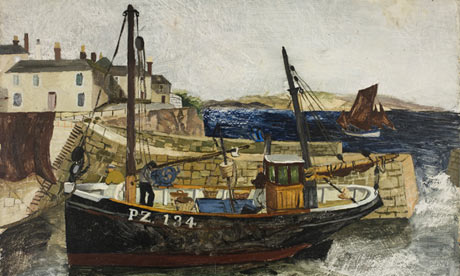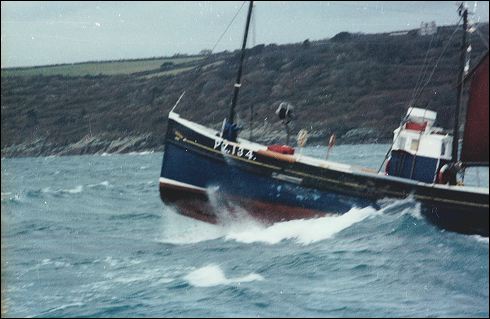THIS year, food lovers will be able to describe the unique regional flavours of their seafood with a sophisticated new sensory vocabulary, which forms part the world’s first seafood flavour wheel.
A team led by Dr Heather Smyth (right), a sensory scientist at UQ’s Queensland Alliance for Agriculture and Food Innovation (QAAFI), has described the key flavour and aroma characteristics of several popular seafood species from the Eyre Peninsular, South Australia.
Launched in Adelaide on 5 December, the flavour wheel identifies the region’s unique seafood characteristics using a sensory vocabulary created for retailers and producers to describe and market the appeal of their seafood.
For example, Eyre Peninsula blue mussels smell like a “fresh ocean breeze”; they are tender and sweeter to taste with a “savoury roast meaty with crustacean flavour”.
This new vocabulary is designed to help wholesalers, retailers, restaurateurs and foodies evocatively describe Australian seafood with terms and descriptions understood nationally and internationally.
As a commercial product, the flavour wheel is expected to boost the $3.4 billion Australian seafood industry* by encouraging consumer confidence, interest and awareness at point of purchase.
Australia produces more than 240,000 tonnes* of high-quality seafood annually, with South Australian seafood featuring bluefin tuna, yellowtail king fish, King George whiting, snapper, blue mussels, pacific and angasi oysters, southern calamari, Spencer Gulf prawns, Black-lip and green-lip abalone, southern rock lobster and sardines.
“It is well known that wines grown in certain regions have a flavour imparted to them from the environment and the same is true for seafood.” Dr Smyth said.
“The seafood grown in this specific region has a characteristic flavour from its unique ocean environment.”
Interestingly, the sensory data showed Eyre Peninsular seafood displayed a depth of complexity and flavour intensity not always found in seafood from other regions. This was combined with a common subtle herbaceous flavour characteristic in all the seafood from the Eyre Peninsula, described by their sensory tasting panel as snow pea or steamed broccoli.
“The appealing fresh herbaceous flavour was a common factor and is probably part of why this seafood region is so successful,” Dr Smyth said.
This project is an extension on previous research conducted by Dr Smyth in 2010 where she developed the first Australian native flavour wheel that targeted a concise, consistent and accurate marketing message of the flavours of Australian native ingredients for customers.
Dr Smyth has also proposed the development of a national prawn flavour wheel which will use the same sensory vocabulary to describe the different species, seasons and regions of Australian prawns.
The Eyre Peninsular Regional Development Board will lead the launch of the seafood flavour wheel which has been the product of a year-long project funded by the Fisheries Research and Development Corporation (FRDC) and the Queensland Department of Agriculture, Fisheries and Forestry.
CONTACTS
Dr Heather Smyth
Research Fellow, Centre for Nutrition and Food Sciences
Queensland Alliance for Agriculture and Food Innovation (QAAFI)
The University of Queensland
Tel: (07) 3276 6035
Research Fellow, Centre for Nutrition and Food Sciences
Queensland Alliance for Agriculture and Food Innovation (QAAFI)
The University of Queensland
Tel: (07) 3276 6035







